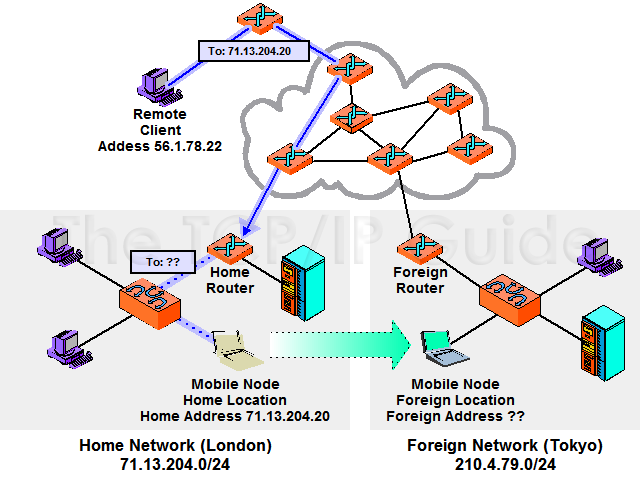 |
|
Please Whitelist This Site?
I know everyone hates ads. But please understand that I am providing premium content for free that takes hundreds of hours of time to research and write. I don't want to go to a pay-only model like some sites, but when more and more people block ads, I end up working for free. And I have a family to support, just like you. :)
If you like The TCP/IP Guide, please consider the download version. It's priced very economically and you can read all of it in a convenient format without ads.
If you want to use this site for free, I'd be grateful if you could add the site to the whitelist for Adblock. To do so, just open the Adblock menu and select "Disable on tcpipguide.com". Or go to the Tools menu and select "Adblock Plus Preferences...". Then click "Add Filter..." at the bottom, and add this string: "@@||tcpipguide.com^$document". Then just click OK.
Thanks for your understanding!
Sincerely, Charles Kozierok
Author and Publisher, The TCP/IP Guide
|
|
|

Custom Search
|
|
Mobile IP Overview, History and Motivation
(Page 1 of 4)
Mobile computing has greatly increased in popularity over the past several years, due largely to advances in miniaturization. Today we can get in a notebook PC or even a hand-held computer the power that once required a hulking behemoth of a machine. We also have wireless LAN technologies that easily let a device move from place to place and retain networking connectivity at the data link layer. Unfortunately, the Internet Protocol was developed back in the era of the behemoths, and isn't designed to deal gracefully with computers that move around. To understand why IP doesn't work well in a mobile environment, we must take a look back at how IP addressing and routing function.
If you've read any of the materials in this Guide on IP addressing—and I certainly hope that you have—you know that IP addresses are fundamentally divided into two portions: a network identifier (network ID) and a host identifier (host ID). The network ID specifies which network a host is on, and the host ID uniquely specifies hosts within a network. This structure is fundamental to datagram routing, because devices use the network ID portion of the destination address of a datagram to determine if the recipient is on a local network or a remote one, and routers use it to determine how to route the datagram.
This is a great system, but it has one critical flaw: the IP address is tied tightly to the network where the device is located. Most devices never (or at least rarely) change their attachment point to the network, so this is not a problem, but it is certainly an issue for a mobile device. When the mobile device travels away from its home location, the system of routing based on IP address “breaks”. This is illustrated in Figure 127.
|
|
| |||||||||||||||||||
Home - Table Of Contents - Contact Us
The TCP/IP Guide (http://www.TCPIPGuide.com)
Version 3.0 - Version Date: September 20, 2005
© Copyright 2001-2005 Charles M. Kozierok. All Rights Reserved.
Not responsible for any loss resulting from the use of this site.







